During the summer of 1928, the Indianapolis and the Indianapolis City Council held several discussions about developing a municipal airport. State-owned Cox Field (later ) was satisfactory at the time, but the group believed that the city should own its airport ground.

Indianapolis/Weir Cook Municipal Airport, 1931-1976
In August, a committee of Indianapolis businessmen, formed to recommend a site for the proposed airport, established general site requirements, and published a questionnaire in local newspapers. Considering the opinions of civil and military pilots, existing airport operators, real estate appraisers, and others, the committee eventually whittled the 43 proposed sites down to 2. Most proposals favored a site west of High School Road and north of West Washington Street, even though this location was close to the school system on the east and was bounded by a high railroad embankment on the west.
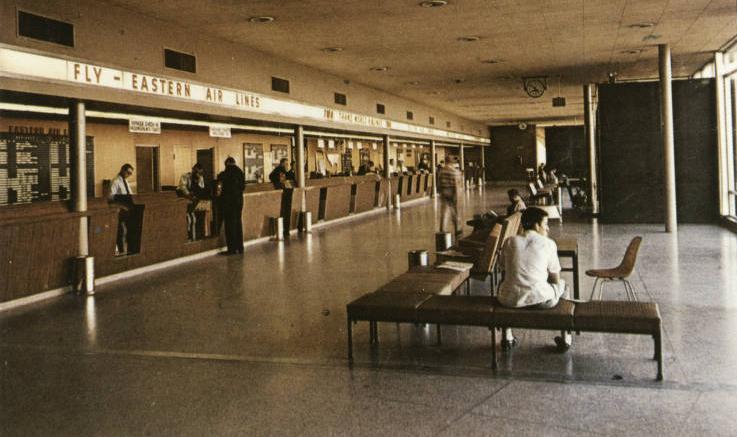
After much discussion, the committee settled on the present site, and, in 1929, the city bought 320 acres on South High School Road for a landing area plus another 627 acres for future expansion. Here, in an area unhampered for decades by any industrial or residential obstructions, the city built the new Indianapolis Municipal Airport, the first in the area with concrete runways. The field was renamed Weir Cook Municipal Airport on March 28, 1944, in honor of , a Hoosier fighter ace during World War I. (Cook died in a plane crash in New Caledonia on March 24, 1943.)
Airline traffic first operated from the field on February 16, 1931, when Transcontinental Air Transport moved from Stout Field. American Airways followed on April 1, and the field was officially dedicated on September 25, 1931. Indianapolis jet operations began April 30, 1961, when Trans World Airlines inaugurated nonstop service to New York City.

Since 1931, some 68 different scheduled airlines have operated from the field, in addition to numerous nonscheduled passenger, cargo, and military operators. Passenger traffic increased at the same rate.
Indianapolis International Airport, 1976-2006
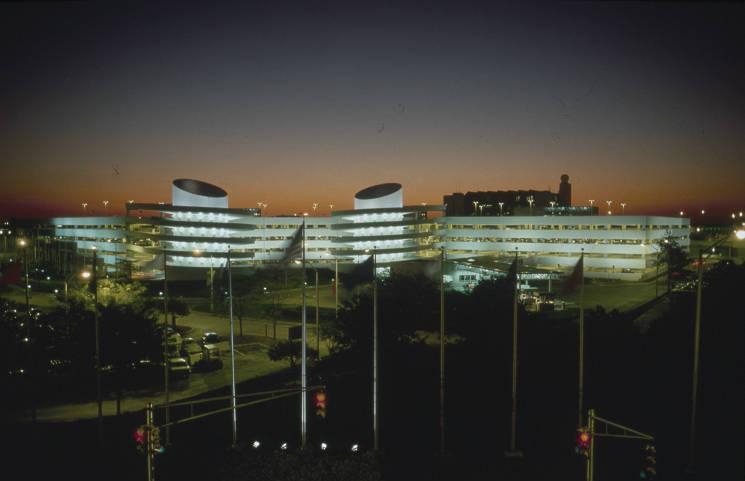
In 1976, coincident with the opening of a new building to serve international arrivals and departures, including full customs services, the field was renamed Indianapolis International Airport. Operations at the facility are supervised by the .
In 1988, Federal Express (Fedex) opened its Indianapolis hub at Indianapolis International Airport with a little over 300 employees. FedEx expanded the facility in 1998. The 1998 expansion, the largest in FedEx history, made Indianapolis the second largest in the nation. In 2005, FedEx proposed another 400,000-square-foot expansion. With this expansion, the Indianapolis hub had a sort capacity of 99,000 packages per hour and employed nearly 4,000 people. As FedEx celebrated the hub’s 30th anniversary, the company announced that it would invest another $1.5 billion to make further improvements and expansions over the course of the next seven years.
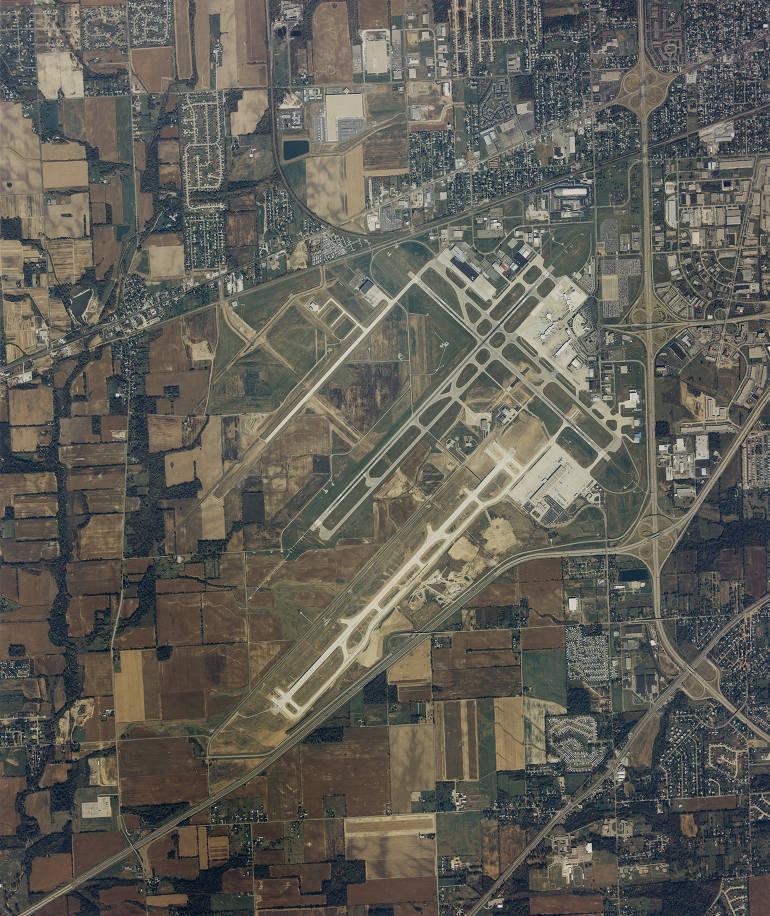
By 1992, the airport served over 6.3 million passengers annually, up from just over 2 million passengers in the early 1980s. The field’s original 2,000-foot runways were extended to over 10,000 feet, capable of handling any aircraft at the time, and the field’s size had been increased to over 6,000 acres, with plans for further additions. The site served as an hub before its collapse in the early 2000s, and it committed to a $1 billion aircraft .
In 1992, city and state officials considered winning the contract for the United Airlines Maintenance Facility a major victory for the city. The airline shut down the facility in 2003 for financial reasons. The Indianapolis Airport claimed the facility and renamed it the Indianapolis Maintenance Center. The Indianapolis Maintenance Center provides hands-on training to future pilots and mechanics, including such tasks as landing-gear exchanges, engine changes, and standard maintenance inspections.
A New Midfield Traffic Control Tower and Weir Cook Terminal, 2006-
By the 2000s, the Indianapolis International Airport terminal had become outdated. The entire complex was abandoned in favor of constructing a new midfield passenger terminal located southwest from the original site, between the airport’s two parallel runways and southwest of the crosswind runway. The first component of the new midfield complex was a Federal Aviation Administration (FFA) Traffic Control Tower. The second tallest in the U.S., it opened in April 2006.
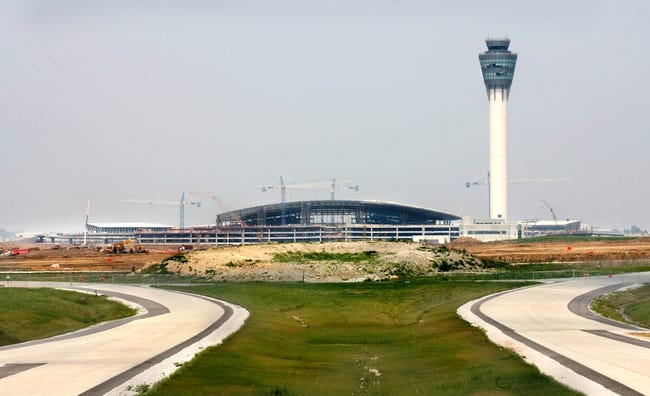
The new airport passenger terminal opened two years later, on November 12, 2008. Designed following the 9/11 terrorist attacks, the international engineering and architecture firm ho+k 9/ created a 1.2 million-square-foot complex that cost $1.1 billion to build. Named the Weir Cook Terminal in honor of the site’s heritage, it was the “first post-9/11, greenfield airport” built in the country, with a 40-gate terminal pavilion and monumental central hall. The arch of the central hall or “civic plaza” roof was a symbol of an open and welcome threshold to Indianapolis while including dual security points at the entry to ensure guest safety. The plaza has 35-foot ceilings and meshed art, retail, social, and civic functions with passenger experience.
The terminal’s five-story window wall provides views of downtown Indianapolis, and its hyperbolic glass and steel skylights create a light-filled space. The design enables the terminal to operate without primary lighting throughout the departure area during daylight hours. The mechanical system integrates radiant floors and has stratified ventilation to ensure passenger comfort. Its placement on the site also provides for shorter taxiing pathways, which has reduced carbon emissions, saving airlines an estimated $1 million in the new terminal’s first year of operation alone. Indianapolis International was the world’s first airport to achieve Leadership in Energy and Environmental Design (LEED) certification, and it is one of the largest projects in the U.S. overall to earn this designation.
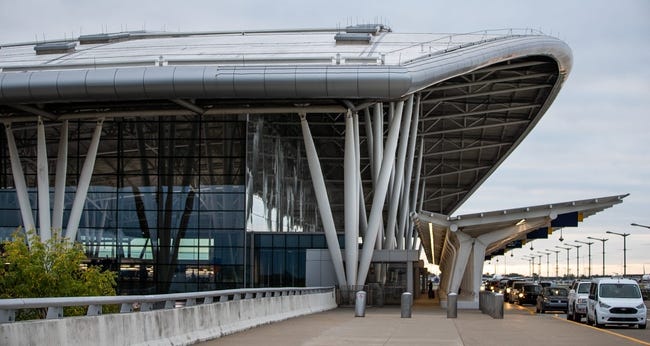
The IAA also has worked to use portions of otherwise unused airport property for environmental sustainability. In 2009-2010, the airport began developing a 44,000-panel solar farm that created enough electricity to power its operation. In a second phase of expansion, completed at the end of 2014, the solar farm almost doubled in size to 76,000 solar panels. By 2016, over 87,000 panels were in operation, generating about 31.7 million kilowatt-hours of electricity with enough to support approximately 3,200 homes per year.
In addition, about 2,000 of the total 9,000 acres of airport property are dedicated to protected habitat land. In spring 2015, the IAA, in collaboration with the White Lick Beekeepers Association, located in in , opened the Indianapolis Airport Community Apiary to support honey bee preservation.
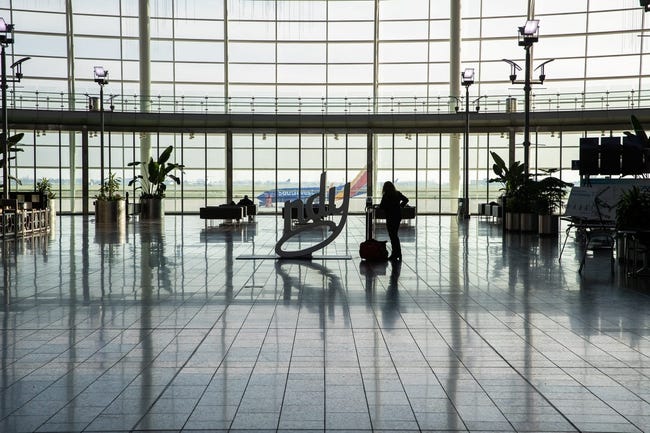
The Indianapolis International Airport has been honored for offering excellent customer service—rated among the best in the nation. By 2020, the Indianapolis International Airport had been named the Best Airport in North America for eight consecutive years by the Airports Council International-North America. The complex had turned the critical acclaim into financial success as well, expanding to service 13 passenger airlines and a record 9.5 million passengers by the end of 2019. In addition, Allegiant Air had announced intentions to build an airbase on the property, and Delta Air Lines had launched Indianapolis’ first nonstop flight across the Atlantic with service to Paris.
Technology services and consulting company committed to building its $245-million U.S. Education Center on the old Indianapolis International Airport terminal site in 2018. The COVID-19 pandemic put a damper on the company’s plans to open the new facility in fall 2020.

Help improve this entry
Contribute information, offer corrections, suggest images.
You can also recommend new entries related to this topic.